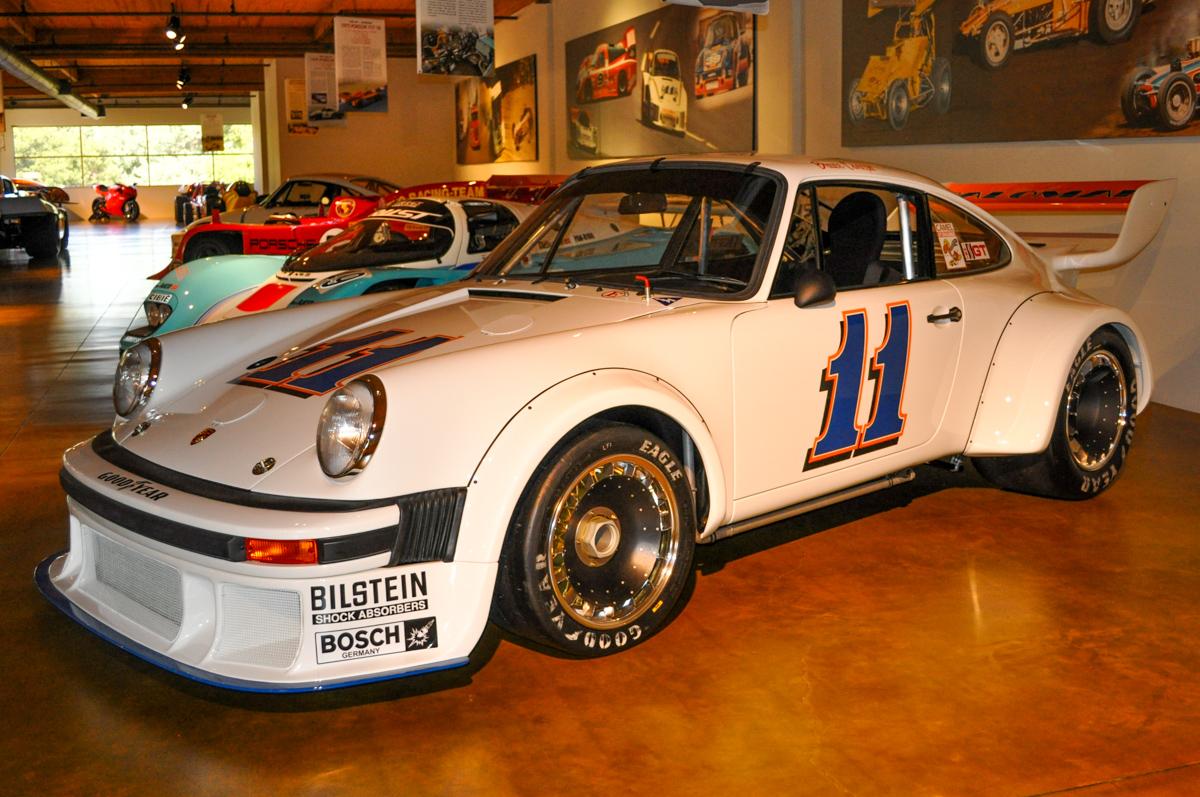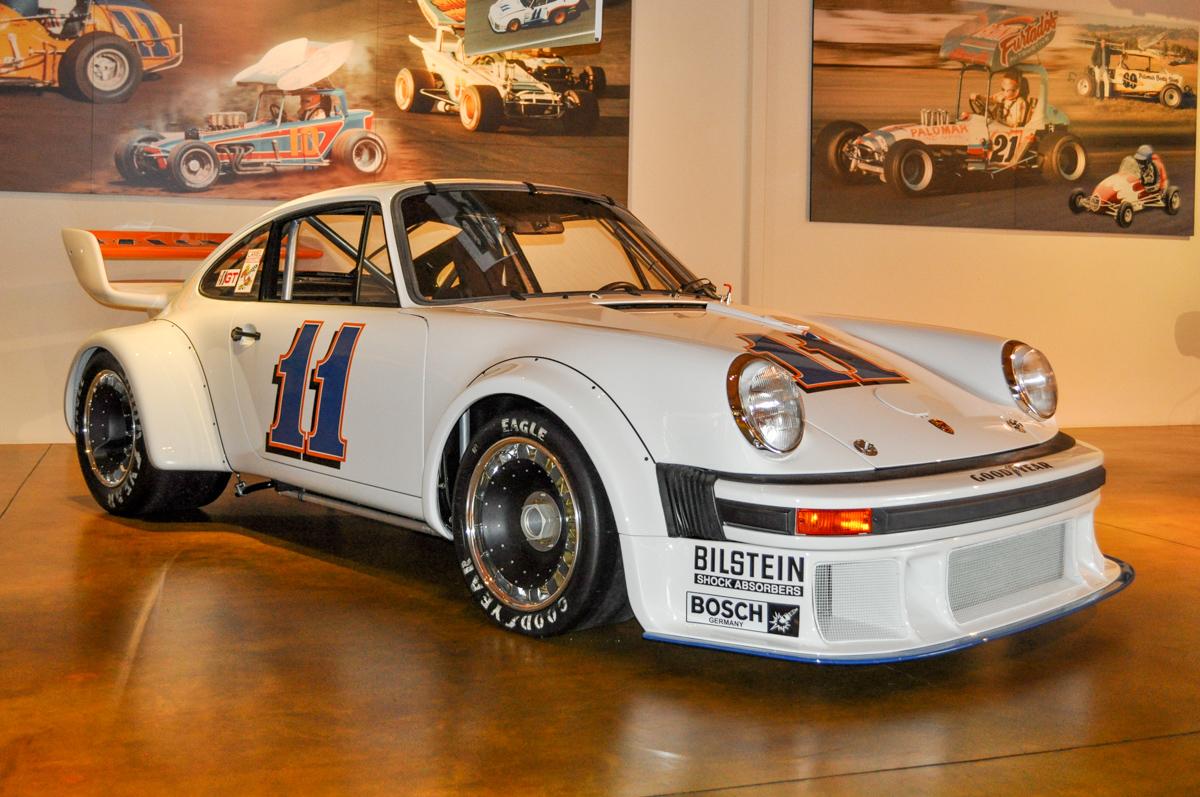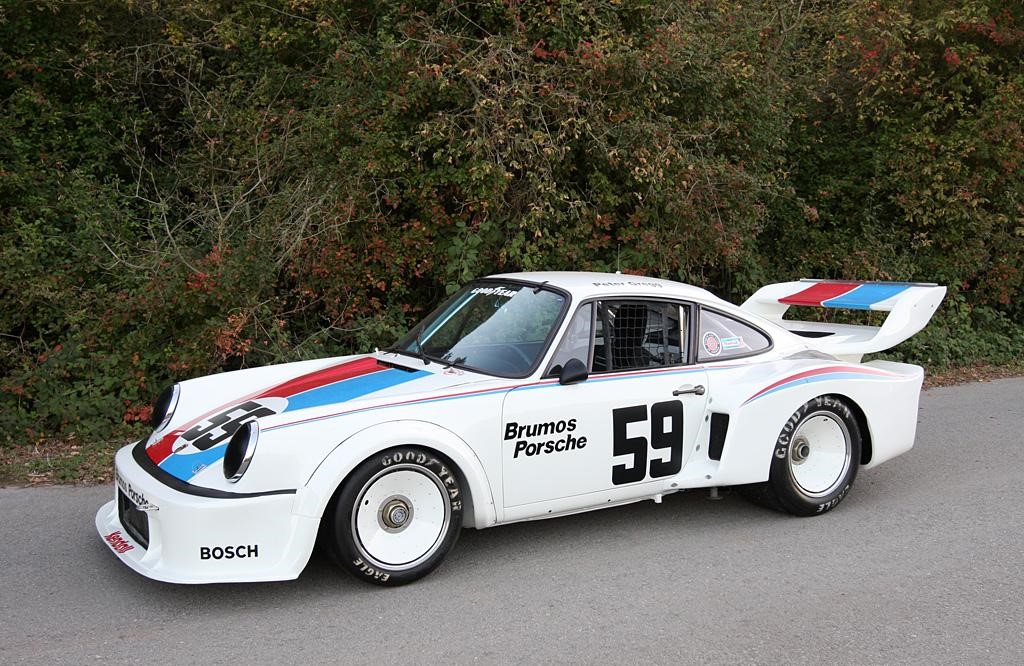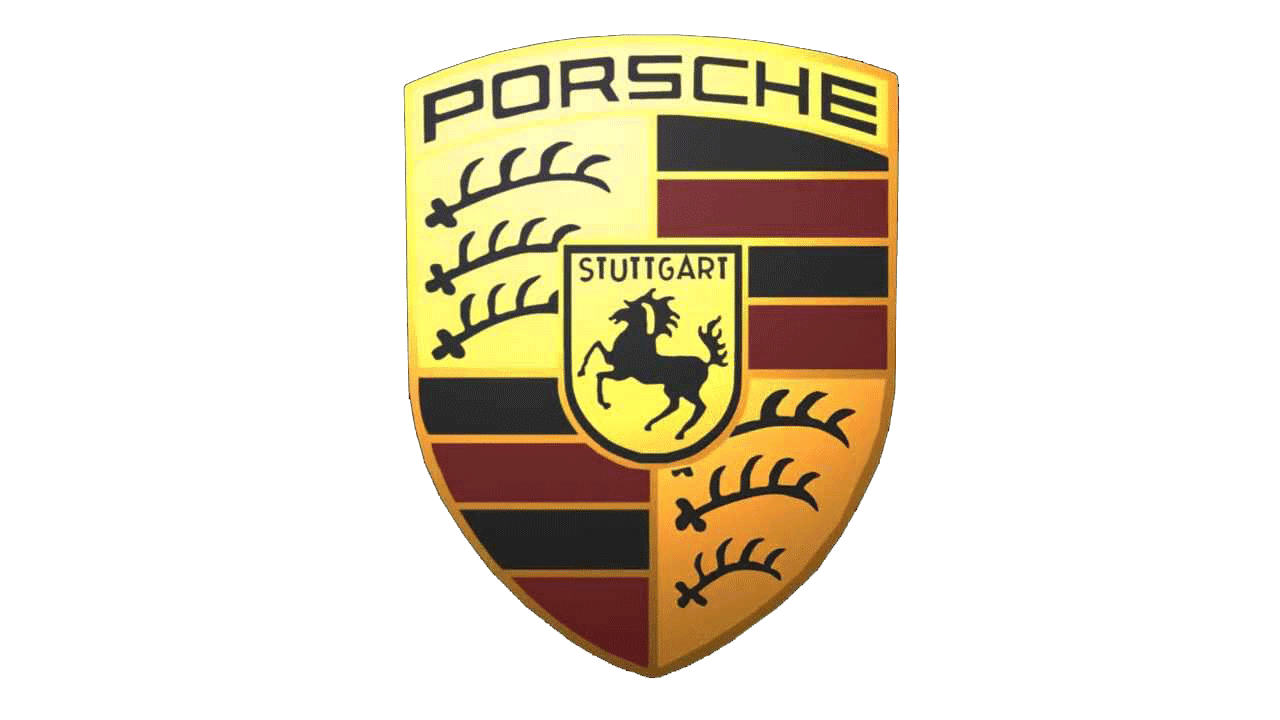1977 Porsche 934.5
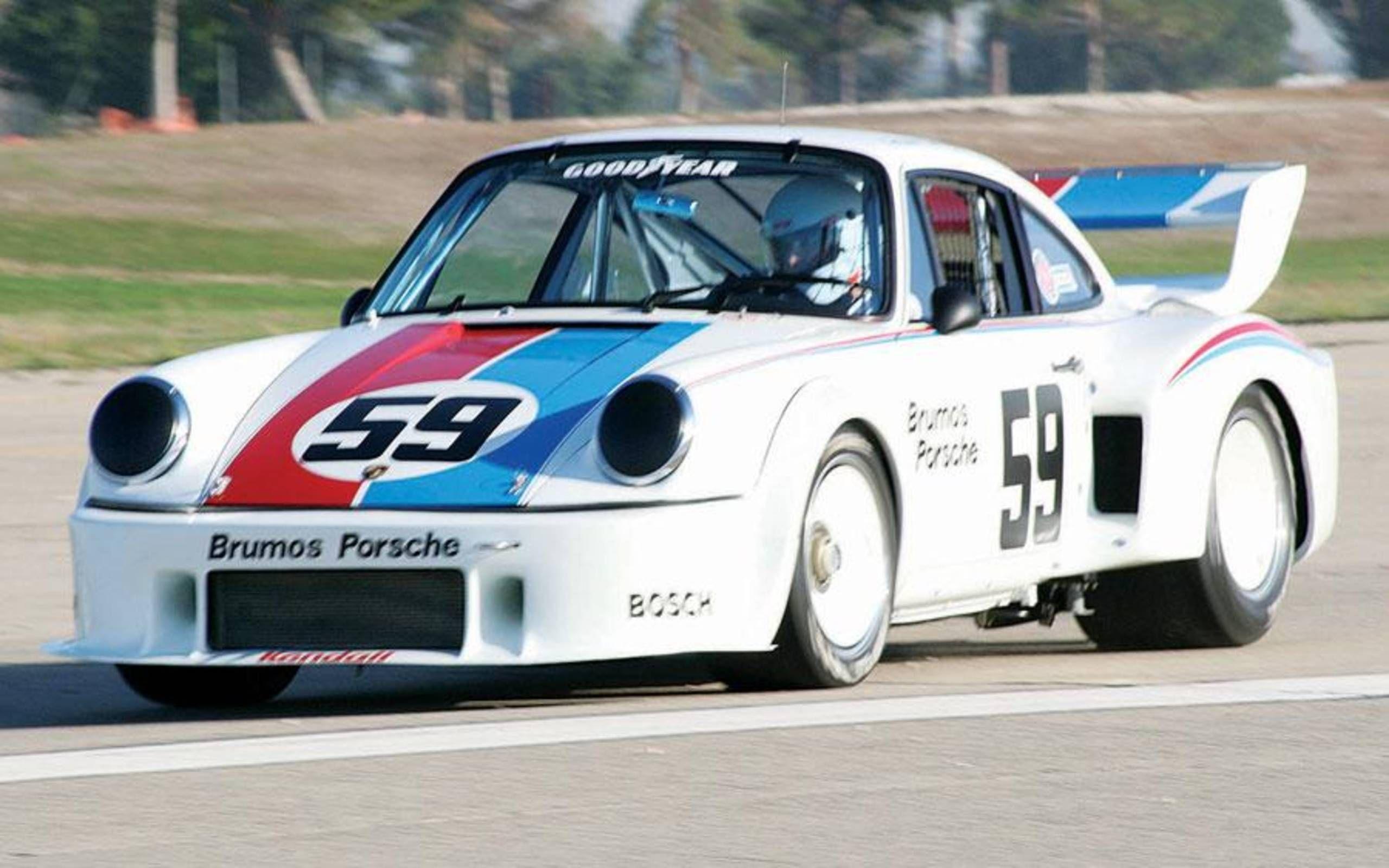
The descriptions of the Classic Cars in the Directory were partly generated or supplemented with the help of artificial intelligence (AI). The content may occasionally not always be entirely accurate or factually correct despite careful checking.
The Porsche 934.5 1977 is a truly iconic example of Porsche's racing pedigree. Developed for Group 4 racing in the late 1970s, the 934.5 was based on the 930 Turbo platform and featured a raft of modifications specifically designed to make it a competitive force on the track.
At its heart, the 934.5 is powered by a turbocharged 3.0-liter flat-six engine, which puts out an impressive 485 horsepower. The engine was fitted with a Bosch K-Jetronic fuel injection system and a single turbocharger, helping it to produce a peak torque of 420 lb-ft at 4,500 rpm. The engine was mated to a four-speed manual transmission, which provides precise gear changes and excellent control.
The chassis of the 934.5 was extensively modified to provide greater stiffness and better handling characteristics. A roll cage was added for safety reasons, while adjustable suspension settings and wider wheels and tires provided greater stability and grip on the track. The brakes were upgraded to a set of ventilated discs with four-piston calipers, providing excellent stopping power.
The exterior of the 934.5 is instantly recognizable, featuring a distinctive aerodynamic body kit that includes flared wheel arches, a large rear wing, and wide turbo-spec rear fenders. The distinctive Martini livery of the car is a true classic, and is considered by many to be one of the most iconic racing liveries of all time.
Inside, the 934.5 is spartan, with a simple dash layout and lightweight bucket seats. The steering wheel is a small-diameter, three-spoke design, providing excellent feel and feedback. The racing gauges are easy to read and provide the driver with all the information they need to push the car to its limit on the track.
Overall, the Porsche 934.5 1977 is a true triumph of engineering, combining a highly-tuned engine, upgraded suspension, and aerodynamic body to provide an unbeatable on-track experience. Its impressive power-to-weight ratio, high levels of adjustability, and legendary racing heritage make it a highly sought-after machine among collectors and enthusiasts alike.
Milestones
- The Porsche 934.5 was developed as a special version of the Porsche 934 race car for the Group 5 racing category.It was created to compete in the American IMSA series and was specifically built to meet the regulations of the series.
The Porsche 934.5 was fitted with a turbocharged 3.0-liter six-cylinder engine that produced around 700 horsepower.
To make the car more agile and responsive, the suspension and brakes were upgraded with state-of-the-art racing technology.
The Porsche 934.5 took part in its first race at the 24 Hours of Daytona in 1977, where it finished in 5th place overall.
The car went on to achieve multiple victories in the IMSA series, including a win at the 12 Hours of Sebring and the Road Atlanta 1000 km.
In addition to its success in the IMSA series, the Porsche 934.5 was also used in other racing categories such as the Deutsche Rennsport Meisterschaft and the World Championship for Makes.
The Porsche 934.5 was the last of the Porsche 934 racers before the Porsche 935 replaced it.
Today, the Porsche 934.5 is considered to be an iconic and rare car, with only a few made by Porsche.
Technical
- The Porsche 934.5 was a race car developed by Porsche in 1977It was built on the chassis of a Porsche 911 Turbo
The engine was a 3.0 litre flat-six cylinder that produced around 600 horsepower
The bodywork was made from lightweight materials such as fiberglass and aluminum to reduce weight
The suspension featured extensive modifications for racing, including adjustable shock absorbers and anti-roll bars
The brakes were upgraded to Brembo disc brakes with ventilated rotors
The transmission was a 4-speed manual with a limited-slip differential
The 934.5 featured wider fenders to accommodate wider tires for improved grip and handling
It was designed to compete in the Group 4 racing category, which allowed for minimal modification to the original production car
It was a successful race car, winning its class at the 24 Hours of Le Mans in 1977 and multiple other races throughout the season.
